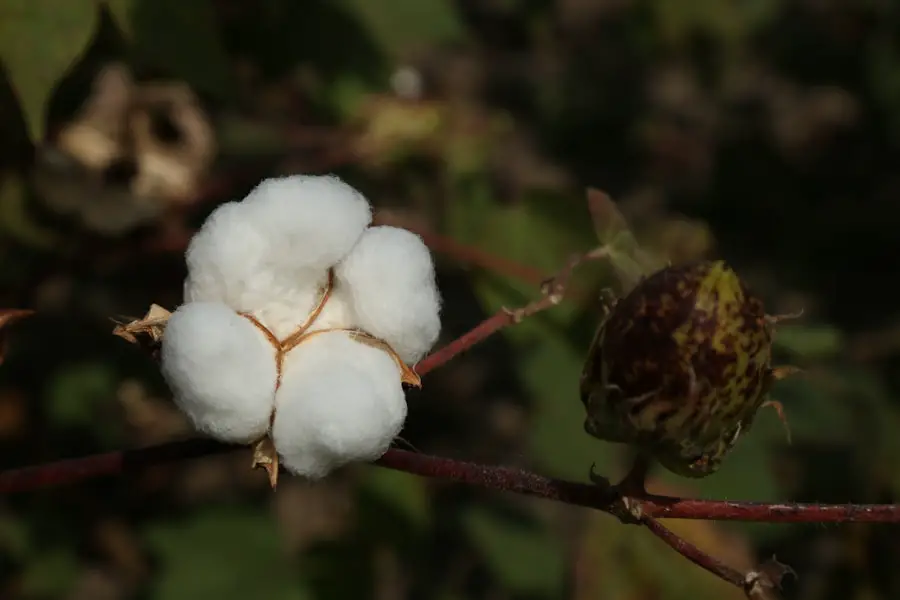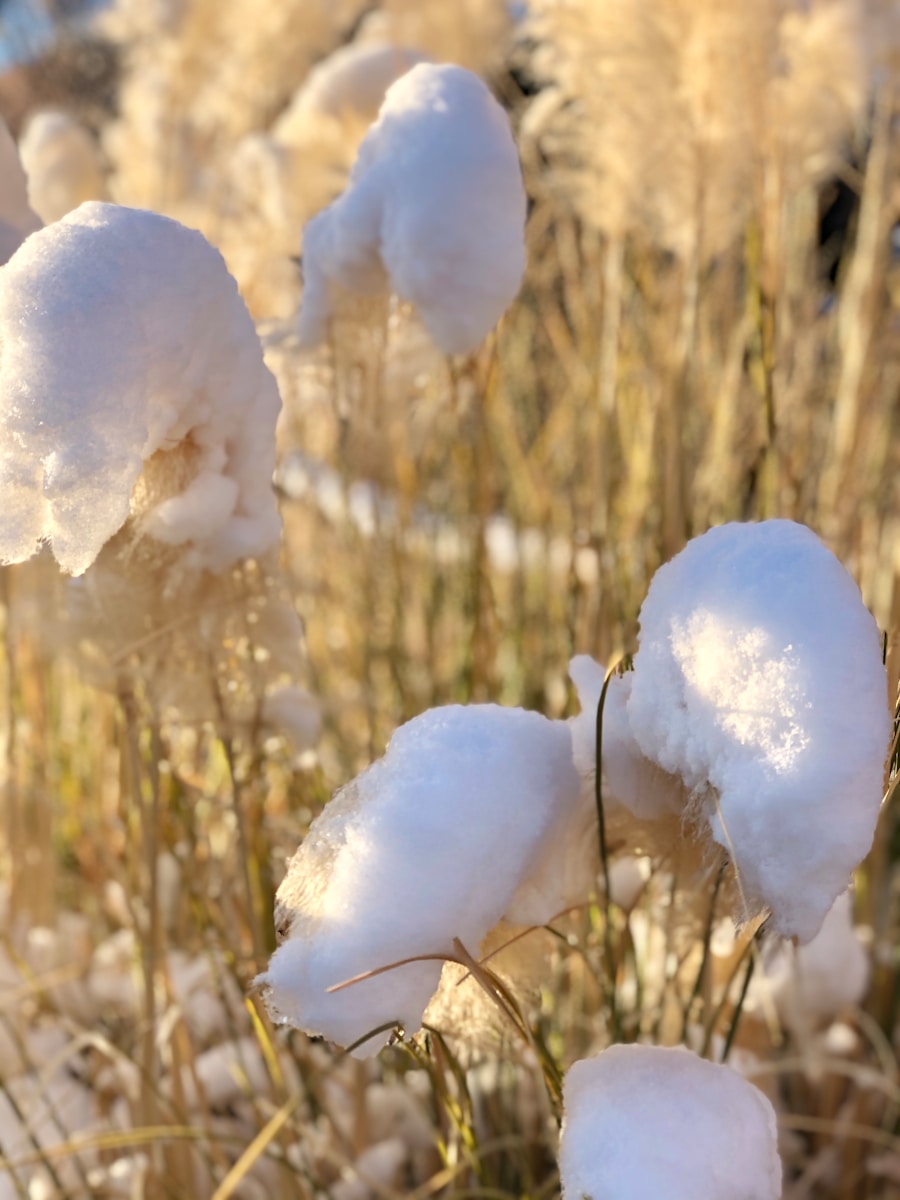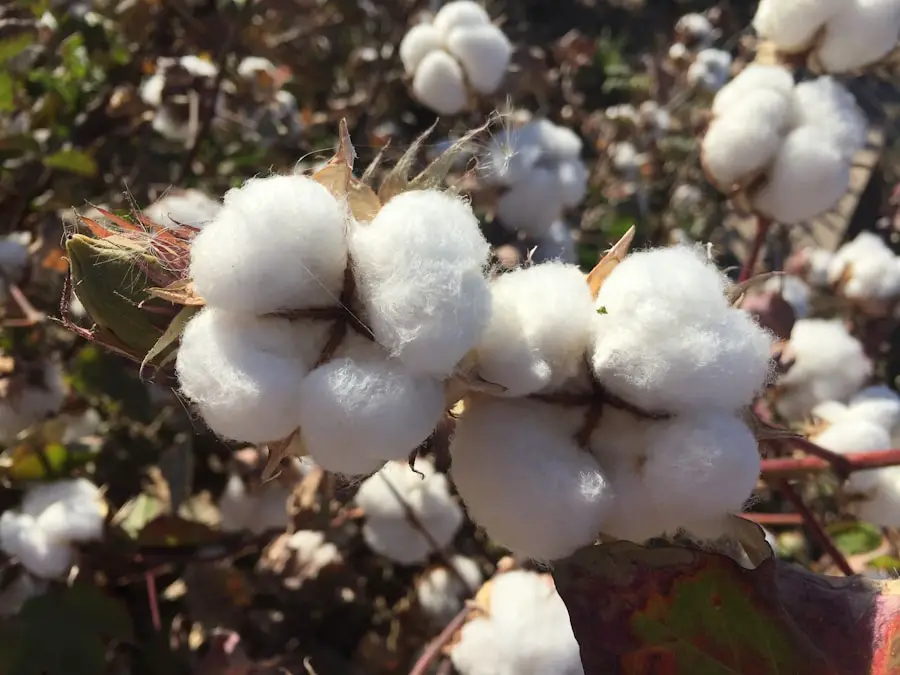Cotton has long been a staple in the world of clothing, cherished for its softness, breathability, and comfort. Many outdoor enthusiasts may find themselves drawn to cotton garments for hiking, believing that the natural fiber will provide a pleasant experience on the trails. However, while cotton may seem like an appealing choice due to its familiarity and comfort, it is essential to understand the specific challenges it presents in the context of hiking.
The unique demands of outdoor activities require fabrics that can withstand various environmental conditions, manage moisture effectively, and provide adequate insulation. As hikers venture into diverse terrains and climates, the choice of fabric can significantly impact their overall experience. Cotton’s properties, while advantageous in some scenarios, can lead to discomfort and even safety concerns when engaging in strenuous activities.
This article will delve into the various drawbacks of cotton for hiking, exploring issues such as moisture retention, temperature regulation, chafing risks, drying times, and insulation capabilities. By understanding these factors, hikers can make informed decisions about their clothing choices and ultimately enhance their outdoor experiences.
Key Takeaways
- Cotton is a popular fabric for hiking due to its comfort and breathability, but it has drawbacks when it comes to moisture retention and drying time.
- Moisture retention in cotton can lead to increased body temperature and discomfort during hiking, making it less ideal for outdoor activities.
- Cotton’s lack of moisture-wicking properties can increase the risk of chafing and blisters, causing discomfort and potential injury during hiking.
- Cotton has a long drying time, which can be inconvenient and uncomfortable during outdoor activities, especially in wet or cold conditions.
- When wet, cotton loses its insulation properties, making it less effective at keeping hikers warm and comfortable during outdoor adventures.
- Alternatives to cotton for hiking include synthetic fabrics like polyester and nylon, which offer better moisture-wicking properties and faster drying times.
- When choosing the right fabric for hiking, it’s important to consider moisture-wicking properties, drying time, and insulation to ensure comfort and safety during outdoor activities.
The Problem with Moisture Retention
Uncomfortable Experience
When hikers sweat or encounter rain, cotton garments can become heavy and clingy, creating an uncomfortable experience that detracts from the enjoyment of the hike. The absorbed moisture can also lead to a chilling effect, particularly in cooler temperatures, as the wet fabric draws heat away from the body.
Moisture Retention and Its Consequences
Moreover, moisture retention can create a breeding ground for bacteria and fungi. When cotton clothing remains damp for extended periods, it can lead to unpleasant odors and skin irritations. This is particularly concerning for hikers who may be on multi-day treks without access to laundry facilities.
The Importance of Alternatives
The discomfort caused by damp cotton can distract from the beauty of nature and the thrill of exploration, making it crucial for hikers to consider alternatives that manage moisture more effectively.
Cotton’s Impact on Body Temperature

The ability to regulate body temperature is vital for any outdoor activity, especially hiking. Cotton’s moisture-retaining properties can significantly hinder this process. When cotton becomes wet from sweat or rain, it loses its insulating capabilities.
As a result, hikers may find themselves feeling cold and uncomfortable as their body heat escapes through the damp fabric. This is particularly dangerous in cooler climates or during early morning or late evening hikes when temperatures can drop rapidly. In contrast, synthetic materials such as polyester or nylon are engineered to wick moisture away from the skin and dry quickly.
These fabrics help maintain a stable body temperature by allowing sweat to evaporate efficiently, keeping the hiker dry and comfortable. The ability to regulate temperature is not just about comfort; it also plays a crucial role in preventing hypothermia or overheating during strenuous activities. Therefore, understanding how cotton affects body temperature is essential for making informed clothing choices while hiking.
Increased Risk of Chafing and Blisters
| Factors | Impact |
|---|---|
| High humidity | Increases risk of chafing and blisters due to increased moisture on the skin |
| Friction from clothing | Can lead to chafing and blisters, especially during physical activity |
| Poorly fitting shoes | Can cause blisters on the feet due to rubbing and friction |
| Excessive sweating | Can contribute to chafing and blisters, especially in areas with skin-on-skin contact |
Another significant concern when wearing cotton while hiking is the increased risk of chafing and blisters. As cotton absorbs moisture, it becomes heavier and more prone to friction against the skin. This friction can lead to painful chafing in areas where skin rubs against fabric or where different pieces of clothing come into contact with each other.
For instance, a cotton shirt may rub against a hiker’s arms or underarms, causing irritation that can become increasingly uncomfortable over time. Blisters are another common issue associated with cotton clothing during hikes. When feet are encased in damp cotton socks, they are more likely to experience friction against shoes, leading to blisters that can hinder mobility and cause significant pain.
The discomfort from chafing and blisters can detract from the overall hiking experience and may even force hikers to cut their trips short or seek medical attention. To mitigate these risks, hikers should consider moisture-wicking fabrics that reduce friction and keep skin dry.
Long Drying Time
The drying time of cotton is another critical factor that makes it less than ideal for hiking. When cotton garments become wet—whether from sweat or rain—they take a considerable amount of time to dry out completely. This prolonged drying time can be particularly problematic during multi-day hikes where access to clean, dry clothing may be limited.
Hikers who rely on cotton may find themselves stuck in damp clothes for extended periods, leading to discomfort and potential health risks. In contrast, synthetic fabrics are designed to dry quickly, allowing hikers to stay comfortable even in unpredictable weather conditions. For example, many modern hiking shirts and pants are made from materials that not only wick moisture away but also dry rapidly when exposed to air or sunlight.
This quick-drying capability is essential for maintaining comfort on the trail and ensuring that hikers can continue their adventures without being weighed down by soggy clothing.
Cotton’s Lack of Insulation when Wet

When considering insulation properties in outdoor clothing, cotton falls short compared to other materials. While dry cotton can provide some warmth due to its bulkiness, once it becomes wet, it loses its insulating capabilities entirely. This lack of insulation when wet poses a significant risk for hikers who may encounter unexpected rain or sweat profusely during their trek.
The chilling effect of wet cotton can lead to rapid heat loss from the body, increasing the risk of hypothermia in cooler conditions. In contrast, materials such as wool or specialized synthetic fibers retain some insulating properties even when wet. For instance, merino wool is known for its ability to wick moisture away while still providing warmth when damp.
This characteristic makes wool a popular choice among outdoor enthusiasts who prioritize both comfort and safety in variable weather conditions. Understanding how different fabrics respond to moisture is crucial for hikers looking to stay warm and protected on their journeys.
Alternatives to Cotton for Hiking
Given the numerous drawbacks associated with cotton for hiking, it is essential for outdoor enthusiasts to explore alternative fabric options that better meet their needs. Synthetic materials such as polyester and nylon are excellent choices due to their moisture-wicking properties and quick-drying capabilities. These fabrics are engineered specifically for performance in outdoor settings, allowing hikers to stay dry and comfortable regardless of the conditions they face.
Merino wool is another popular alternative that offers unique benefits for hikers. Unlike traditional wool, merino wool is soft against the skin and does not cause itching or irritation. It effectively wicks moisture away while providing insulation even when wet.
Additionally, merino wool has natural antimicrobial properties that help reduce odors over time—an essential feature for multi-day hikes where laundry facilities may not be available. For those seeking eco-friendly options, there are also sustainable fabrics made from recycled materials or organic fibers that offer performance benefits similar to synthetic options without compromising environmental values. Brands are increasingly developing innovative textiles that combine functionality with sustainability, allowing hikers to make responsible choices without sacrificing comfort or performance.
Choosing the Right Fabric for Hiking
Selecting the right fabric for hiking is crucial for ensuring a comfortable and enjoyable experience on the trails. While cotton may have its merits in casual settings or warm-weather activities, its limitations become apparent in demanding outdoor environments. Hikers must consider factors such as moisture management, temperature regulation, chafing risks, drying times, and insulation capabilities when choosing their clothing.
By opting for synthetic materials or merino wool instead of cotton, hikers can enhance their performance and overall enjoyment during their adventures. Understanding the specific needs of outdoor activities will empower individuals to make informed decisions about their gear and ultimately lead to more successful and pleasurable hiking experiences.
When hiking, it’s important to consider the materials of the clothing you wear, including avoiding cotton. Cotton is bad for hiking because it absorbs moisture and takes a long time to dry, leading to discomfort and potential chafing. For a more comfortable and practical hiking experience, consider investing in moisture-wicking and quick-drying fabrics like polyester or nylon. To learn more about essential travel gear for your next adventure, check out this article on the 5 Best Travel Skirts for Women in Spring 2025.
Love travel? Join Our Facebook Community
FAQs
What are the drawbacks of wearing cotton for hiking?
Cotton absorbs and retains moisture, which can lead to discomfort, chafing, and increased risk of hypothermia in cold conditions.
Does cotton dry quickly when wet?
No, cotton takes a long time to dry when wet, which can be problematic during hiking when quick-drying clothing is essential for comfort and safety.
Does cotton provide insulation when wet?
No, cotton loses its insulating properties when wet, which can be dangerous in cold weather conditions during hiking.
Can wearing cotton lead to blisters and chafing during hiking?
Yes, cotton can lead to blisters and chafing due to its ability to retain moisture and cause friction against the skin.
Is cotton suitable for hiking in hot and humid conditions?
No, cotton is not suitable for hiking in hot and humid conditions as it retains moisture and can lead to discomfort and overheating.
